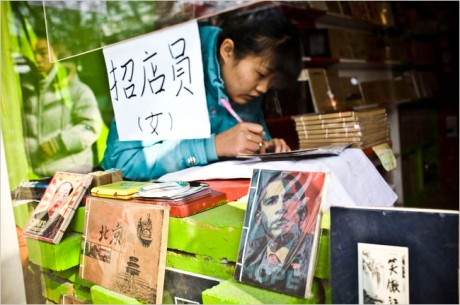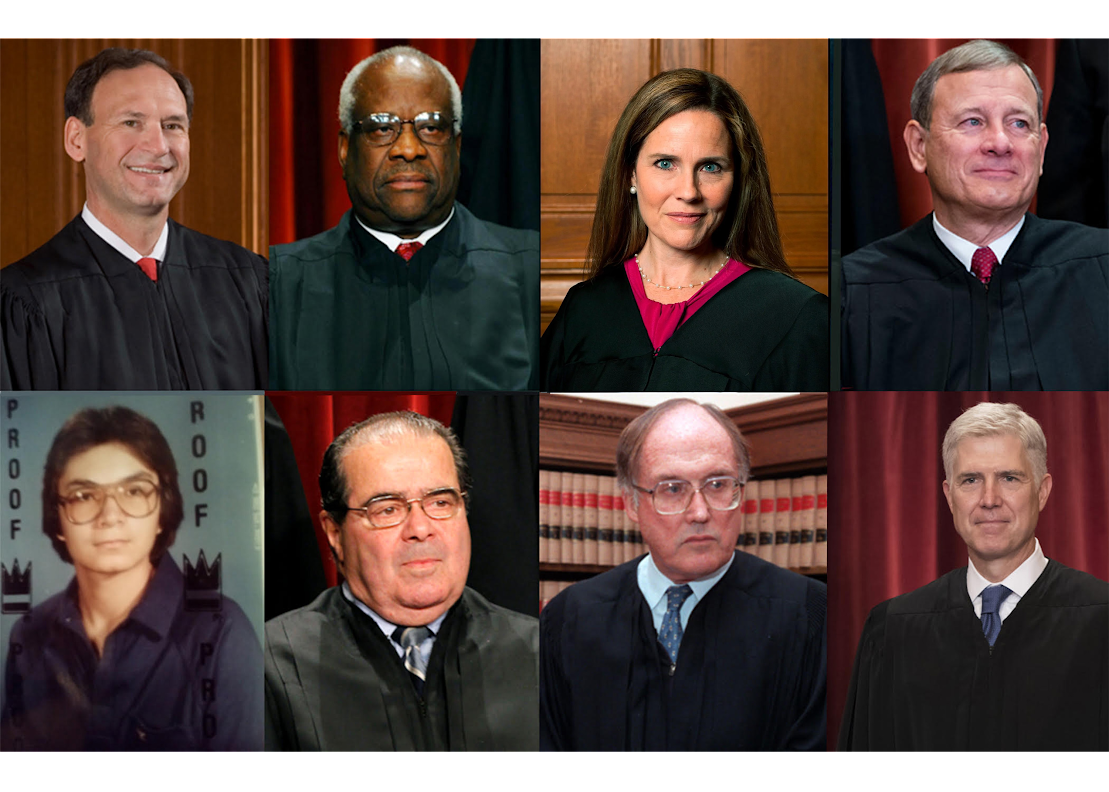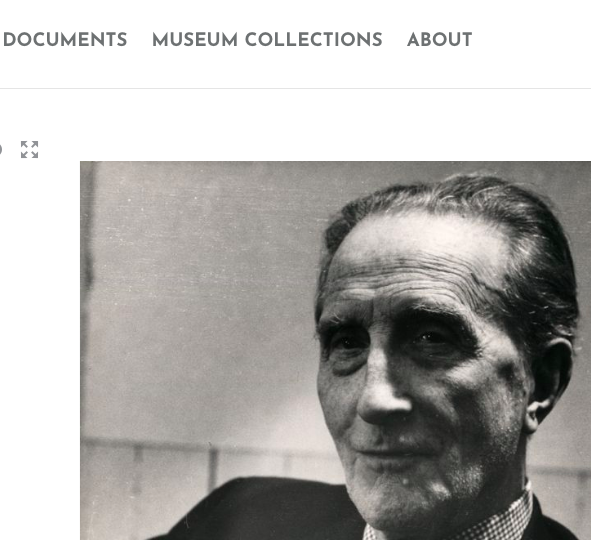Google Law School? Not quite, but Google has now made it much easier to search legal opinions from United States federal and state district, appellate and supreme courts.
“As many of us recall from our civics lessons in school, the United States is a common law country,” says Google Distinguished Engineer Anurag Acharya. “That means when judges issue opinions in legal cases, they often establish precedents that will guide the rulings of other judges in similar cases and jurisdictions. Over time, these legal opinions build, refine and clarify the laws that govern our land. For average citizens, however, it can be difficult to find or even read these landmark opinions. We think that’s a problem: Laws that you don’t know about, you can’t follow — or make effective arguments to change.”
You can search for specific cases (like Mass MoCA v. Büchel), or topics, like the Visual Artists Rights Act. This should make it much easier for artists (and lawyers alike) to search for legal information without having to wonder about the validity of informaion on other websites. Other great resources and legal search engines (listed on Clancco.com on the lower right hand side) are the Cornell Legal Information Institute and AltLaw.
You can access this information on the Google Scholar.

I’m sure I’m not the only one who noticed the main image in today’s front section of the New York Times. The image (seen above on our site) captures a store in Beijing selling notebooks. On the lower right quadrant is a notebook with a front cover image featuring Shepard Fairey’s “Hope” poster. Aside from obvious proof of global piracy and infringement, a couple of questions come to mind: whose copyright is the young woman in the picture infringing, the AP’s, Mannie Garcia’s, or Shepard Fairey’s copyright? Assuming the Associated Press or Mannie Garcia ends up winning the court battle over Fairey’s use of the AP’s photograph, is Fairey liable for making the “Hope” image available for further global infringement? I’m going to research this, but if anyone knows the answer to the second question, please e-mail me at sergio_sarmiento@clancco.com.
November 12th, 2009 by Sergio Muñoz Sarmiento in
Criminal
Thieves have apparently stolen a valuable artwork by painter Edvard Munch from an Oslo art dealer. The painting stolen was Historien, or History, from Nyborgs Kunst, a private art dealership in downtown Oslo, after smashing one of the dealership’s windows with a stone.
Los Angeles officials earned a small victory this week in their struggle to stop the proliferation of billboards and supergraphics. A federal judge dismissed one of three lawsuits filed by the outdoor advertising firm World Wide Rush LLC. According to the L.A. Times,
“The city attorney is very pleased with Judge Collins’ ruling in this World Wide Rush case, and it sends a strong signal to those billboard companies operating in the city of Los Angeles that the city will aggressively defend its billboard laws,” said Chief Assistant City Atty. David Michaelson.
More from the L.A. Times here.
An interesting IP panel at Fordham Law School. This event is free and open to the public. For attorneys, CLE Credit is available (6 non-transitional and transitional, professional practice ($100 CLE, $85 CLE for Fordham Law alumni and public interest attorneys).
“Functionality: At the Crossroads of IP”
Friday, November 20th, 2009
Schedule of Events
8:30-9 Registration/Breakfast
9-9:15 Introductory Remarks
Speaker: Dean William Treanor
9:15-11 “The Patent Landscape with Bilski on the Map”
Speakers: James Dabney, Clarisa Long and Brian Murphy
Moderator: Jeanne Fromer
11-11:15 Break
11:15-1 “The Global Contours of IP Protection for Trade Dress, Industrial Design, Applied Art and Product Configuration”
Speakers: Orit Fischman Afori, Wendy Gordon, Mark Janis, Jonathan Moskin
Moderator: Susan Scafidi
1-2 Lunch
2-3:45 “Trade Secrets and other Avenues for Protection of Advanced Technology”
Speakers: George Graff, Roger Milgrim, Sharon Sandeen
Moderator: Hugh Hansen
3:45 Closing Remarks
Speaker: Sonia Katyal
Was there silencing of dissent at Brandeis University? According to Brandeis newspaper, The Justice, Professor Shulamit Reinharz, Jacob Potofsky Professor of Sociology, and the wife of a trustee whom interviewees have declined to identify asked several students and faculty to remove their “Save the Rose” pins at the Rose reopening on October 28, 2009. Under a confidentiality agreement, the parties attended a confidential meeting last Thursday to try and resolve the situation.
According to The Justice,
Beccah Ulm ’11, a Fine Arts UDR who attended the meeting, said that she did not believe the discussions at the meeting provided concrete resolutions for the issues that that occurred at the opening. Ulm said she believed what occurred was essentially a violation of free speech.
It’s one thing to enforce one’s legal rights, as Brandeis is currently doing in regard to the selling of its art collection and the transformation of the Rose Art Museum into an educational center. However, the silencing of speech, whether it be of its student body or staff, reads only as a desparate attempt by those in and with power to crush any dissenting views and opinions. Although private colleges are not bound by the First Amendment and therefore are not obligated to provide freedom of speech, allowing room for dissent would help Brandeis University’s position and argument that it seeks only to further higher learning and open discussion.
More from The Justice here.
U.S. District Judge Alvin K. Hellerstein granted artist Shepard Fairey’s request to change lawyers. Judge Hellerstein did stipulate that Fairey can be questioned by lawyers on why he changed his story about which 2006 photograph he used to create the famous Barack Obama HOPE poster.
Hellerstein also stated that he had “never seen anything like this,” calling Fairey’s actions a “serious transgression.” Hellerstein allowed the switch because he wanted “this case to be decided on the merits.”








